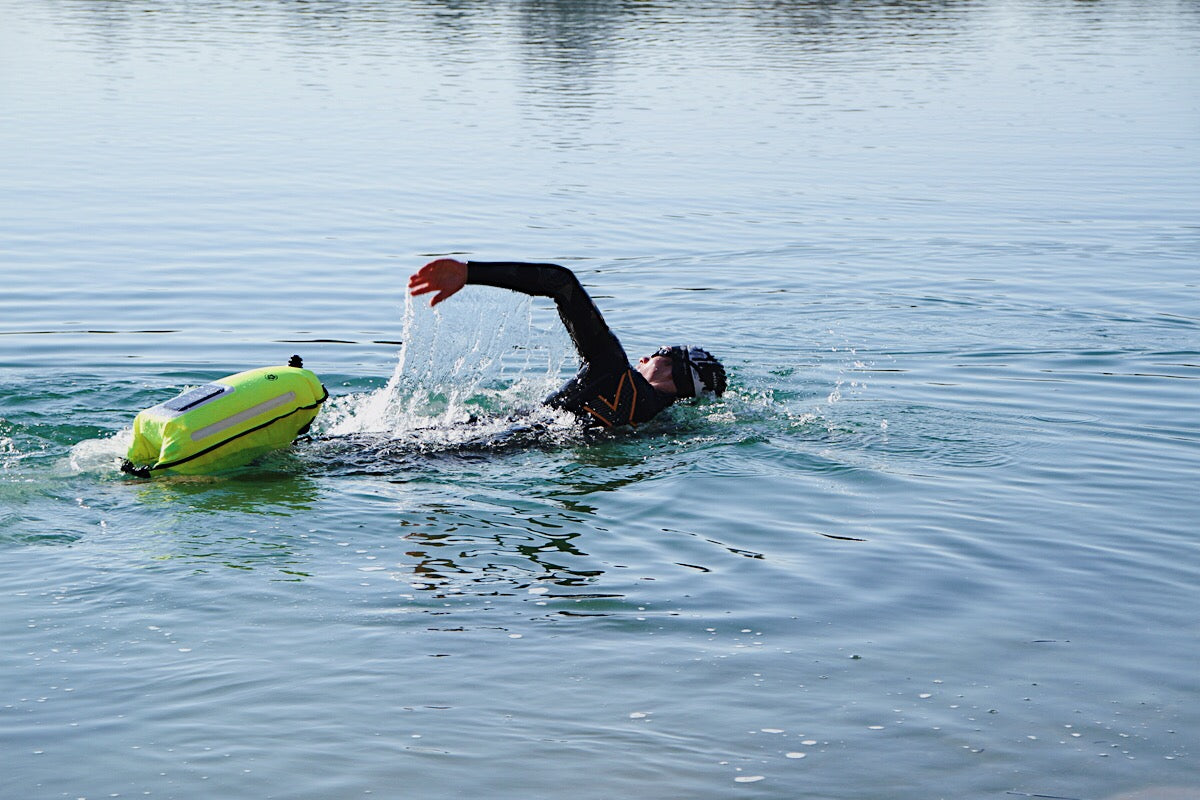The so-called "runner's knee" is the name for one of the most common overuse injuries in the knee joint. Endurance sports such as long-distance running or cycling are particularly affected. But also ball athletes, such. B. footballers or basketball players can show this clinical picture.
The cause is the shortening of a tight tendon plate, which pulls from the upper outer pelvic bone on the outside of the thigh over the outer knee joint to the fibula head. In technical jargon, this tendon plate is referred to as the iliotibial band (also ITB – iliotibial band). The front thigh muscles are often affected and also shortened. Due to the shortening of the ITB, the tract rubs directly on the outside of the knee joint over a small bony prominence (lateral femoral condyle - outer large thigh roll), so that the tissue in between (between the tract and the bone) is irritated and can become inflamed. It can even go so far that the tissue becomes chronically inflamed and scarred, leading to adhesions and adhesions.
How does the iliotibial band shorten?
As is always the case in endurance sports, the most common cause is chronic overload due to excessive volume combined with excessive intensity. Rarely, an anatomical error in the leg axes, such as knock knees or bowlegs, is the cause. A lack of stretching exercises also affects the tension of the leg muscles and the iliotibial band. A wrong running style can also lead to the symptoms mentioned above.
Typically, the pain on the outside of the knee occurs 10 to 20 minutes after the start of the load. In everyday life, athletes are mostly pain-free. The pain can increase so much over the course of the exertion that the athlete has to stop running, for example.
If the pain occurs for the first time, you should first stop running, then do a lot of stretching and stretching and take a break for a few days. When you resume training, you should first warm up extensively before the training session, for example with a very relaxed trot, and then stretch your leg muscles sensibly.
Take a break and go to the doctor
If the pain does not go away and may even increase with further training sessions, you should consult a sports doctor as soon as possible. If the doctor is not sure about the diagnosis, then have an MRI performed on your knee joint. In the differential diagnosis, it is important to rule out damage to the knee joint, such as damage to the meniscus or cartilage.
If the diagnosis of tractus irritation is established, you can acutely cool the knee with ice and also take anti-inflammatory painkillers, such as e.g. e.g. diclofenac or ibuprofen. However, it is important to ensure that the tablets are not taken for more than 10 days, otherwise side effects can occur.
How to treat properly
The most important therapy, however, is to take a break from the stress that leads to irritation of the tract of at least one week. At the same time, I recommend having your doctor prescribe physiotherapy and physical measures (electricity/ultrasound treatments). The physiotherapist gently stretches and massages the tractus and can show you stretching exercises for self-therapy.
The combination of all of these described therapies and exercises should quickly lead to an improvement!
If the symptoms persist for more than four weeks, you can still try to treat the inflammation locally with an infiltration of cortisone. If these measures also fail and pain persists for months after a long break, then there is still the option of surgical intervention with lengthening and relieving the tractus. But I wouldn't let it get that far and would always do the training appropriately and warm up and stretch the body thoroughly before each sports unit as a preventive measure.
Bike Fitting: Simply Better Cycling!
The correct seating position is the decisive basis for pain-free riding and optimal performance on the bike. The added value is directly reflected in improved power transmission, more speed or more riding comfort.




















